Home>Articles>How To Arrange Furniture In Rectangular Living Room
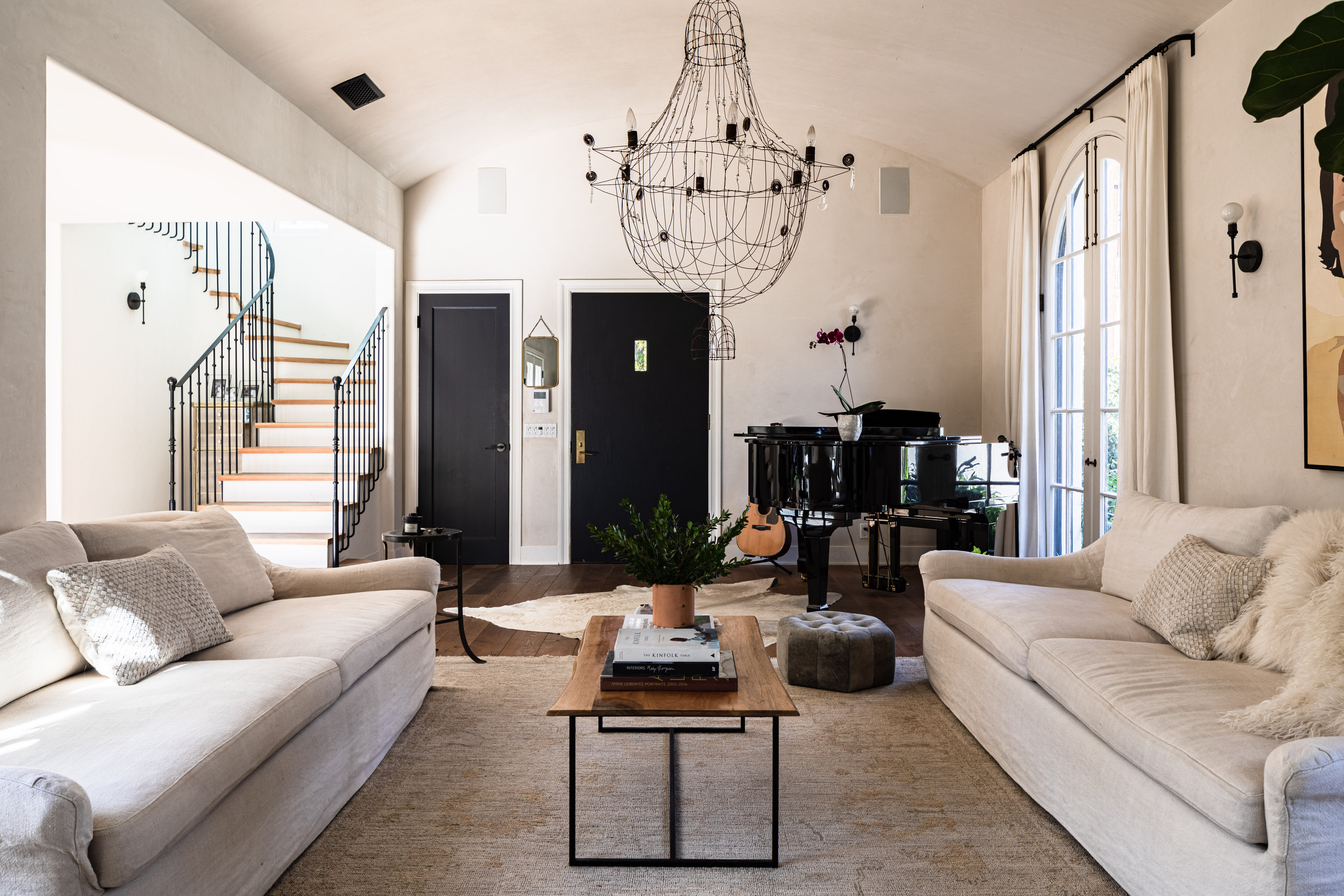

Articles
How To Arrange Furniture In Rectangular Living Room
Modified: May 6, 2024
Learn how to arrange furniture in a rectangular living room to maximize space and create a functional layout. Discover tips and tricks to optimize your furniture placement and enhance your living space.
(Many of the links in this article redirect to a specific reviewed product. Your purchase of these products through affiliate links helps to generate commission for Storables.com, at no extra cost. Learn more)
Introduction
Arranging furniture in a rectangular living room can be a challenging task. The long, narrow shape of the room often poses difficulties in creating a functional and visually appealing layout. However, with some careful planning and consideration, you can transform your rectangular living room into a stylish and inviting space.
When it comes to furniture arrangement, there are a few key factors to keep in mind. The size and scale of the furniture, the room’s layout, and the overall aesthetic you wish to achieve are all important considerations. By selecting the right furniture and utilizing smart placement techniques, you can maximize the use of space and create a harmonious flow in your rectangular living room.
In this article, we will explore some essential tips on how to arrange furniture in a rectangular living room. Whether you have a small or large space, these guidelines will help you create a functional and visually pleasing layout that maximizes both comfort and style.
Key Takeaways:
- Transform your rectangular living room into a stylish and inviting space by carefully selecting the right furniture pieces that fit the space without overpowering it, and by creating a focal point to anchor the room and arranging furniture around it for a cohesive and inviting setup.
- Maximize the functionality and visual appeal of your rectangular living room by utilizing wall space for storage, display, and lighting, and by accentuating the room’s shape through furniture placement, rugs, artwork, and architectural features.
Choosing the Right Furniture
The first step in arranging furniture in a rectangular living room is to choose the right pieces that fit the space and suit your needs. Consider the size and scale of the furniture in relation to the room’s dimensions. Oversized furniture can make the room feel cramped, while small-scale furniture can make it appear empty and unbalanced.
Start by measuring the dimensions of your living room, including the length, width, and any existing architectural features such as windows and doors. This will help you determine the maximum size of furniture pieces that will comfortably fit in the space.
When selecting furniture, opt for pieces that have a streamlined and slim design. This will help create a visual illusion of more space and make the room feel less cluttered. Look for sofas and chairs with clean lines and low-profile arms.
In terms of upholstery, consider lighter colors or patterns that can contribute to a sense of openness and airiness. Neutral tones like beige, gray, or cream are versatile options that can easily complement any decor style. If you prefer a bolder look, consider incorporating a pop of color or a vibrant patterned accent piece.
Additionally, consider the functionality of the furniture. If you have a small living room, choose pieces that can serve multiple purposes, such as a sleeper sofa or an ottoman with hidden storage. This will help maximize the functionality and make the most of the available space.
Lastly, don’t forget about comfort. Ensure that the furniture you choose provides adequate support and comfort for you and your guests. Test out different seating options to find the right balance between style and comfort.
By carefully selecting the right furniture pieces, you can lay the foundation for a well-designed and functional living room in a rectangular space.
Consider the Room’s Layout
The layout of your rectangular living room plays a crucial role in how you arrange your furniture. Understanding the layout will help you determine the best placement for each piece, ensuring a balanced and visually pleasing arrangement.
Start by identifying any architectural features in the room, such as windows, doors, or a fireplace. These elements will dictate the focal points and potential areas for furniture placement.
Next, consider the traffic flow within the room. Think about how you and your guests will enter and move through the space. Arrange the furniture in a way that allows for easy and unrestricted movement, keeping pathways clear and unobstructed.
One popular layout option for rectangular living rooms is the “floating” arrangement. This involves positioning the furniture away from the walls, creating a more intimate and cozy seating area. This works particularly well if you have a larger space and want to create a more intimate gathering area.
If you prefer a more traditional layout, you can opt for placing the furniture against the walls. However, be sure to leave enough space between the furniture and the walls to avoid a cramped and cluttered look.
Consider dividing the living room into different zones or areas. This can be done by using furniture to create distinct spaces, such as a seating area, a media corner, or a reading nook. Use rugs or different flooring materials to define each zone and add visual interest.
Another layout consideration is the focal point of the room. This could be a fireplace, a large window with a scenic view, or a media center. Arrange the furniture in a way that allows for easy viewing of the focal point from different seating areas, ensuring a cohesive and functional layout.
By understanding the layout of your rectangular living room and considering factors such as traffic flow and focal points, you can create a well-organized and visually appealing furniture arrangement that maximizes the functionality of the space.
Create a Focal Point
A focal point serves as the centerpiece of your living room and can help guide the arrangement of furniture. It is an eye-catching element that draws attention, creating a sense of visual interest and cohesion in the space.
When it comes to creating a focal point, there are several options to consider. If your room has a fireplace, it is a natural choice for a focal point. Arrange the seating furniture around the fireplace, ensuring that it is easily visible and accessible from different angles.
If you don’t have a fireplace, you can create a focal point using other elements such as a large piece of artwork, a statement piece of furniture, or a prominent feature of the room, like a bay window or a built-in shelving unit.
When selecting or positioning the focal point, keep in mind the scale and proportion of the room. Ensure that it is large enough to stand out, but not overpower the rest of the space. Consider the height of the focal point as well, as you want it to be at eye level or slightly above for optimal visibility.
To enhance the focal point, use complementary elements such as lighting. Install wall sconces or picture lights to illuminate artwork and draw attention to it. Place accent lighting near the statement piece of furniture or architectural feature to create a warm and inviting atmosphere.
Finally, consider the arrangement of the furniture around the focal point. Position the main seating area facing towards it, creating a cozy and inviting setup. Arrange additional seating or accent furniture in a way that compliments the focal point and maintains a harmonious flow in the room.
By creating a focal point in your living room and arranging the furniture around it, you can add depth and visual interest to the space, making it more inviting and appealing to the eye.
Arrange the Seating
Arranging the seating in a rectangular living room is crucial for creating a comfortable and inviting space. The positioning of sofas, chairs, and other seating furniture will significantly impact the overall flow and functionality of the room.
Start by determining the main seating area. This is typically the largest and most central part of the room where you envision spending most of your time relaxing and entertaining. Position the primary seating furniture, such as a sofa or sectional, facing each other to create a conversational arrangement.
If you have a larger space, consider incorporating additional seating options, such as armchairs, accent chairs, or a loveseat. Place these pieces strategically to encourage interaction and balance the room’s composition.
Ensure that there is enough space for people to move around comfortably. Leave adequate legroom between the furniture pieces and allow for easy navigation. Avoid placing furniture in a way that obstructs the pathways or limits movement within the room.
In a rectangular living room, it can be challenging to create a balanced seating arrangement. To address this, use symmetry to your advantage. Position identical or similar pieces of furniture on either side of the room to create a sense of balance and visual harmony.
Consider the height of the furniture when arranging the seating. Aim for a variety of heights to create interest and dimension in the room. Mix and match different seating options, such as low-profile chairs and taller stools, to add visual diversity and create a dynamic space.
Don’t forget about the function of the space and the needs of your household. If you enjoy hosting gatherings or movie nights, ensure that there is enough seating to accommodate your guests comfortably. Opt for modular or sectional sofas that can be reconfigured to fit different seating arrangements as needed.
Lastly, accessorize the seating area with cushions, throw blankets, and accent pillows to add comfort and style. These accessories can also play a role in adding pops of color and tying the overall aesthetic of the room together.
By strategically arranging the seating in your rectangular living room, you can create an inviting and functional space where people can relax, socialize, and enjoy each other’s company.
When arranging furniture in a rectangular living room, consider creating distinct zones for different activities such as seating, entertainment, and dining. Use area rugs and furniture placement to define each area and create flow within the space.
Read more: How To Arrange Furniture In Living Room
Placement of the Coffee Table
The placement of the coffee table in a rectangular living room is an important consideration as it serves as a central piece of furniture and can greatly impact the overall layout and functionality of the space.
When positioning the coffee table, consider the traffic flow and the seating arrangement in the room. Ideally, it should be placed within reach of the main seating area, allowing for easy access to beverages, snacks, and other items. Avoid placing the coffee table too far away from the seating, as it may be inconvenient for guests to reach.
If you have a large rectangular living room, you may consider adding multiple coffee tables or an oversized coffee table to accommodate the size of the space. This can provide more surface area for placing items and create a balanced and aesthetically pleasing look.
When it comes to the shape and size of the coffee table, choose an option that complements the overall style and scale of the room. For a rectangular living room, a rectangular or oval-shaped coffee table can work well to mirror the shape of the space.
Consider the height of the coffee table in relation to the seating furniture. It should be at a comfortable height for placing items and resting your arms while seated. In general, the height of the coffee table should be approximately the same as the seat cushions of the surrounding furniture.
Take into account the functionality of the coffee table as well. If you need extra storage space, opt for a coffee table with built-in drawers or a shelf underneath. This can help keep the living room organized and minimize clutter.
Accessorize the coffee table with decorative items such as a tray, candles, or a small vase with fresh flowers to add a personal touch and enhance the overall aesthetic of the room. Just be mindful not to overcrowd the tabletop, as it should still provide enough space for practical use.
By strategically placing the coffee table in your rectangular living room, you can create a focal point that enhances the functionality and style of the space, while providing a convenient and accessible surface for your everyday needs.
Utilize Wall Space
When arranging furniture in a rectangular living room, it’s important to make the most of the available wall space. By utilizing the walls effectively, you can maximize the functionality and visual appeal of the room.
One way to utilize the wall space is by incorporating storage solutions. Install wall-mounted shelves or floating shelves to create additional storage for books, decor items, or personal belongings. This helps keep the room organized and clutter-free, especially in smaller living rooms where space is limited.
Consider utilizing vertical space by installing wall-mounted cabinets or storage units. These can be used to store electronics, media equipment, or even as a display area for decorative items. Wall-mounted units free up floor space and provide a streamlined and modern look to the room.
Another way to utilize the wall space is by hanging artwork or mirrors. Large, statement pieces of artwork can serve as a focal point and add visual interest to the room. Mirrors, on the other hand, can create an illusion of larger space and reflect natural light, making the room appear brighter and more spacious.
If you have a television, consider mounting it on the wall to free up valuable floor space and create a clean and streamlined look. This can also provide optimal viewing angles from various seating areas in the room.
Incorporate wall sconces or pendant lights to provide additional lighting and create a cozy atmosphere. These fixtures not only add functionality but also serve as decorative elements, enhancing the overall aesthetic of the room.
Don’t forget about the corners of the room. Use corner shelving units or corner cabinets to maximize the storage potential and utilize the often overlooked space.
When arranging furniture against the walls, leave enough space between the furniture and the walls to create a sense of openness and prevent the room from feeling overcrowded. This also allows for easy cleaning and navigation around the furniture.
By effectively utilizing the wall space in your rectangular living room, you can optimize storage, add visual interest, and create a more functional and organized living space.
Accentuate the Room’s Shape
The shape of a rectangular living room can be both a challenge and an opportunity when it comes to furniture arrangement. By accentuating the room’s shape, you can enhance its visual appeal and create a sense of balance and harmony.
One way to accentuate the room’s shape is by aligning the furniture with the room’s walls. Place the longer pieces of furniture, such as the sofa or media console, parallel to the longer walls of the room. This creates a sense of flow and highlights the rectangular layout.
Consider incorporating furniture with rounded edges or curves. This softens the sharp lines of the room and adds visual interest. For example, opt for a round coffee table or chairs with curved arms to offset the rectangular shape of the space.
Another way to accentuate the room’s shape is by utilizing rugs. Place a rectangular rug parallel to the longer walls, which further emphasizes the room’s layout. Alternatively, you can use a rug with an interesting geometric pattern to draw attention and add a modern touch to the space.
Use accessories and decor to highlight the room’s shape. Hang rectangular artwork or mirrors on the walls to mirror the room’s proportions. Arrange decorative items in groupings or rows that follow the lines of the room, creating a visually pleasing arrangement.
Consider incorporating architectural elements that complement the room’s shape. For example, if there are alcoves or niches, use them as display areas or to add shelving to enhance the room’s character. These architectural features can add depth and dimension to the space.
Play with lighting to accentuate the room’s shape and create a welcoming atmosphere. Install wall sconces or track lighting along the longer walls to draw attention and illuminate the room evenly. Use floor lamps or pendant lights to add height and fill in any potential dark corners.
Lastly, consider the window treatments in the room. Opt for curtains or blinds that follow the lines of the windows and enhance the shape of the room. This can create a cohesive and visually appealing look.
By intentionally accentuating the shape of your rectangular living room, you can create a sense of unity and balance, making the most of the room’s unique layout and showcasing its beauty.
Lighting and Decorations
Proper lighting and well-chosen decorations can greatly enhance the ambiance and overall aesthetic of a rectangular living room. These elements can create a warm and welcoming atmosphere while adding a personal touch to the space.
Start by considering the natural light in the room. Take advantage of any windows by opting for sheer curtains or blinds that allow natural light to filter in. Position furniture in a way that doesn’t obstruct the flow of natural light and embrace the bright, airy feel it brings.
In addition to natural light, incorporate a layered lighting design to provide flexibility and set the desired mood. Use a combination of overhead lighting, such as recessed or track lighting, for general illumination throughout the room. Add task lighting, such as table lamps or floor lamps, near reading areas or workspaces to provide focused and adjustable lighting. Accent lighting, such as wall sconces or picture lights, can highlight artwork or other decorative features.
When it comes to decorations, choose items that reflect your personal style and add character to the room. Consider incorporating a mix of textures, colors, and materials to create visual interest. This can be achieved through throw pillows, rugs, curtains, and decorative accessories.
Strategically place artwork on the walls to add a touch of personality and visual appeal. Hang paintings or photographs that evoke positive emotions or convey your personal interests. Pay attention to the size and scale of the artwork, ensuring it complements the furniture and doesn’t overpower the space.
Utilize decorative items such as vases, sculptures, or candles to add a finishing touch to the room. Choose pieces that complement the overall color scheme and style of the space. Consider incorporating elements of nature, such as potted plants or fresh flowers, to bring life and freshness into the room.
Keep in mind that less is often more when it comes to decorations. Avoid overcrowding the room with too many accessories, as this can make the space feel cluttered and overwhelming. Instead, opt for a few carefully selected pieces that make a statement and contribute to the overall design.
Regularly update and refresh the decorations in your living room to keep the space feeling vibrant and inviting. Swap out seasonal elements, rearrange artwork, or experiment with different color schemes to create a dynamic and ever-evolving space.
By thoughtfully incorporating lighting and decorations in your rectangular living room, you can create a cozy and personalized environment that reflects your style and creates a warm and inviting atmosphere for family and guests.
Read more: How To Arrange Living Room Furniture With Tv
Conclusion
Arranging furniture in a rectangular living room may seem like a daunting task, but with careful planning and consideration, you can create a functional and visually appealing space that maximizes both comfort and style. By choosing the right furniture, considering the room’s layout, creating a focal point, arranging the seating, placing the coffee table, utilizing wall space, accentuating the room’s shape, and incorporating appropriate lighting and decorations, you can transform your rectangular living room into a welcoming and harmonious environment.
When selecting furniture, pay attention to size, scale, and functionality. Choose pieces that fit the space without overpowering it, and opt for multipurpose furniture when possible. Consider the room’s layout and traffic flow, allowing for easy movement and accessibility. Create a focal point to anchor the room and arrange furniture around it for a cohesive and inviting setup.
Place the coffee table within reach of the seating area, considering both functionality and aesthetics. Utilize wall space for storage, display, and lighting. Accentuate the room’s shape through furniture placement, rugs, artwork, and architectural features. Lastly, pay attention to lighting and decorations, using a layered lighting design and carefully selected decor items to enhance the room’s ambiance and reflect your personal style.
Remember, the key is to find a balance between functionality and aesthetics. Don’t be afraid to experiment and make adjustments until you achieve the desired outcome. With a little creativity and attention to detail, you can transform your rectangular living room into a space that is not only visually appealing but also comfortable and inviting for you and your guests to enjoy.
Ready to take your living room's style up a notch? If you've enjoyed learning about arranging furniture in a rectangular space, you'll definitely want to check out our guide on the ten essential rules for furniture arrangement. From balancing visual weight to ensuring practical accessibility, this guide will equip you with everything needed to perfect your home's ambiance and functionality.
Frequently Asked Questions about How To Arrange Furniture In Rectangular Living Room
Was this page helpful?
At Storables.com, we guarantee accurate and reliable information. Our content, validated by Expert Board Contributors, is crafted following stringent Editorial Policies. We're committed to providing you with well-researched, expert-backed insights for all your informational needs.
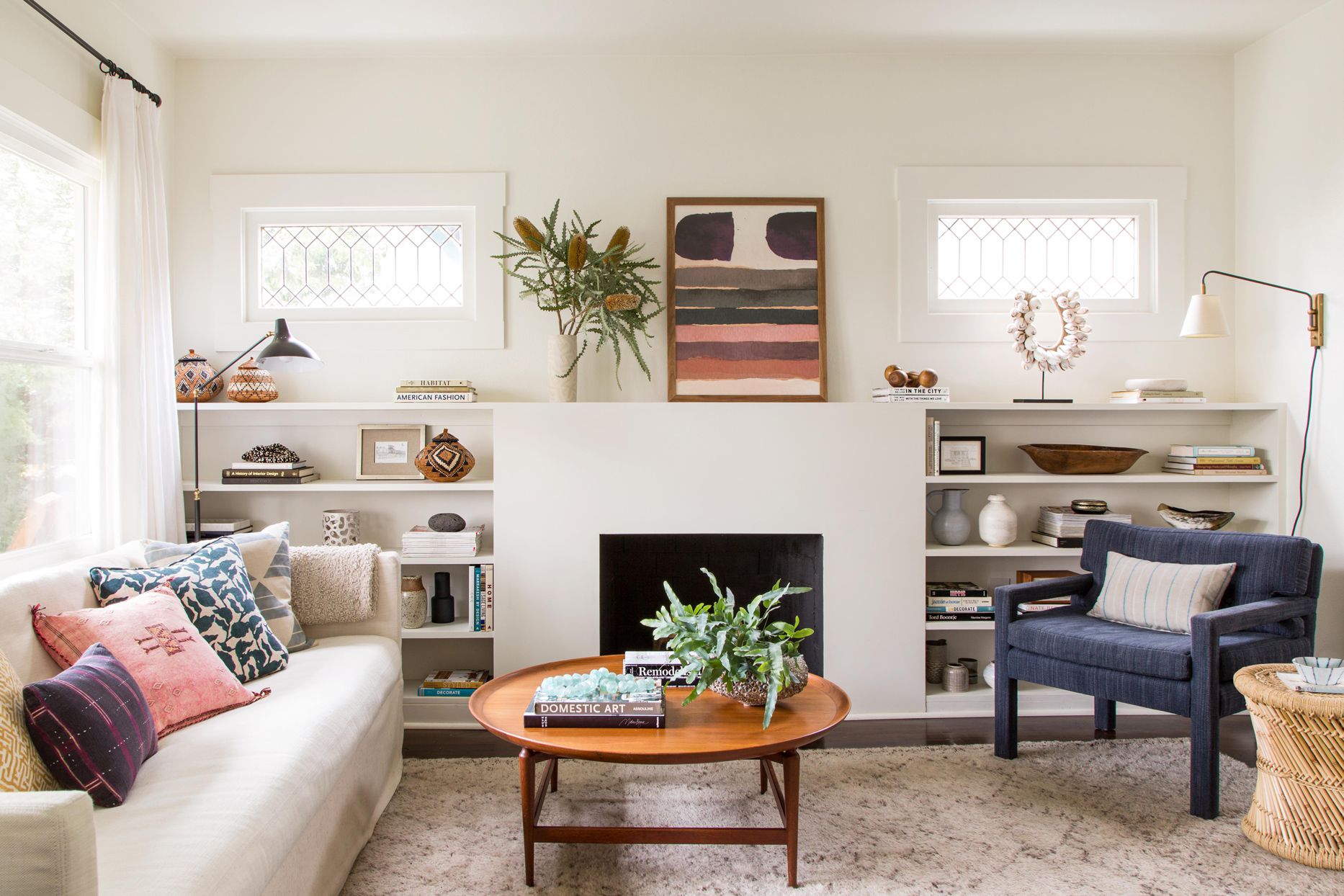
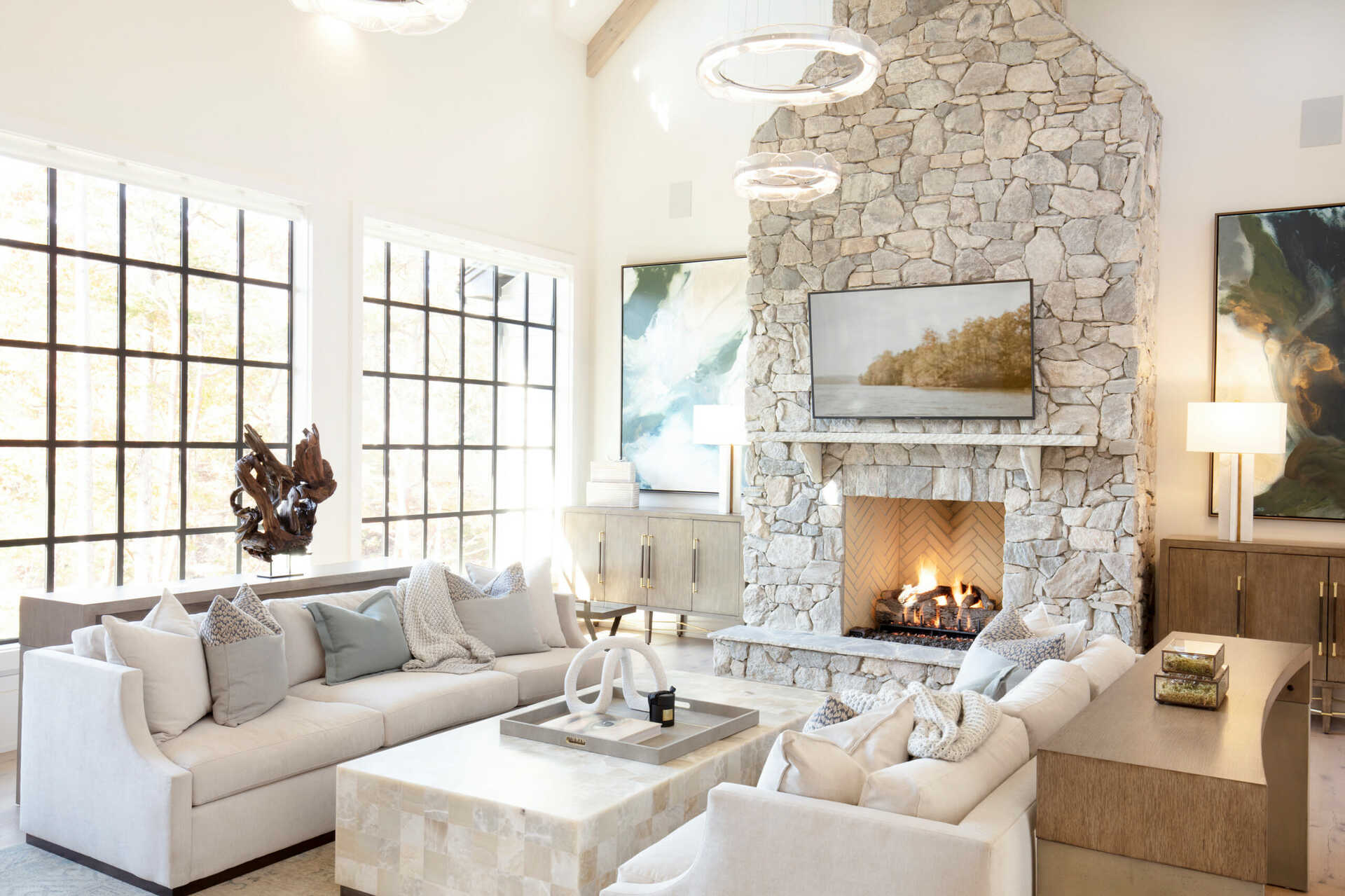
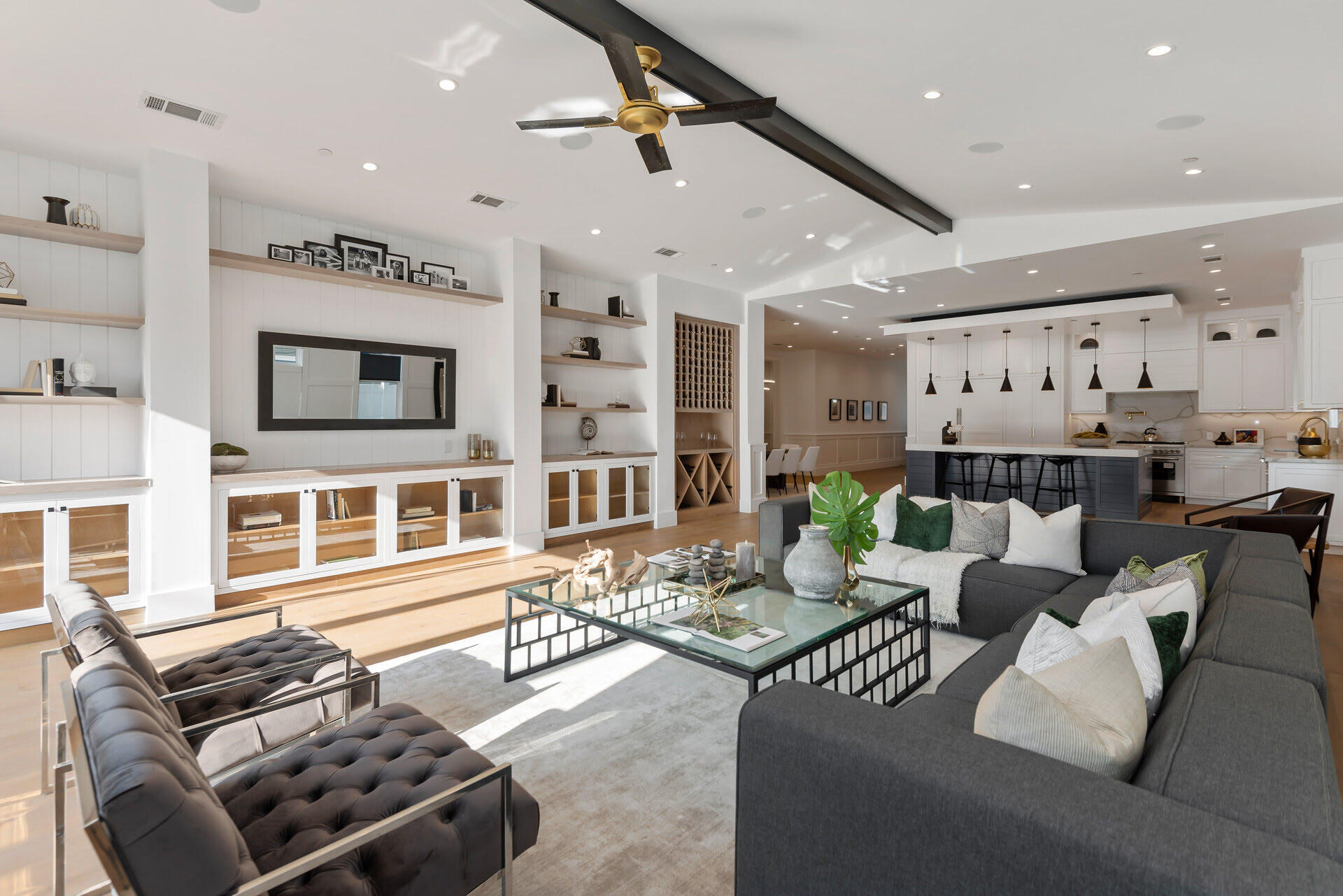
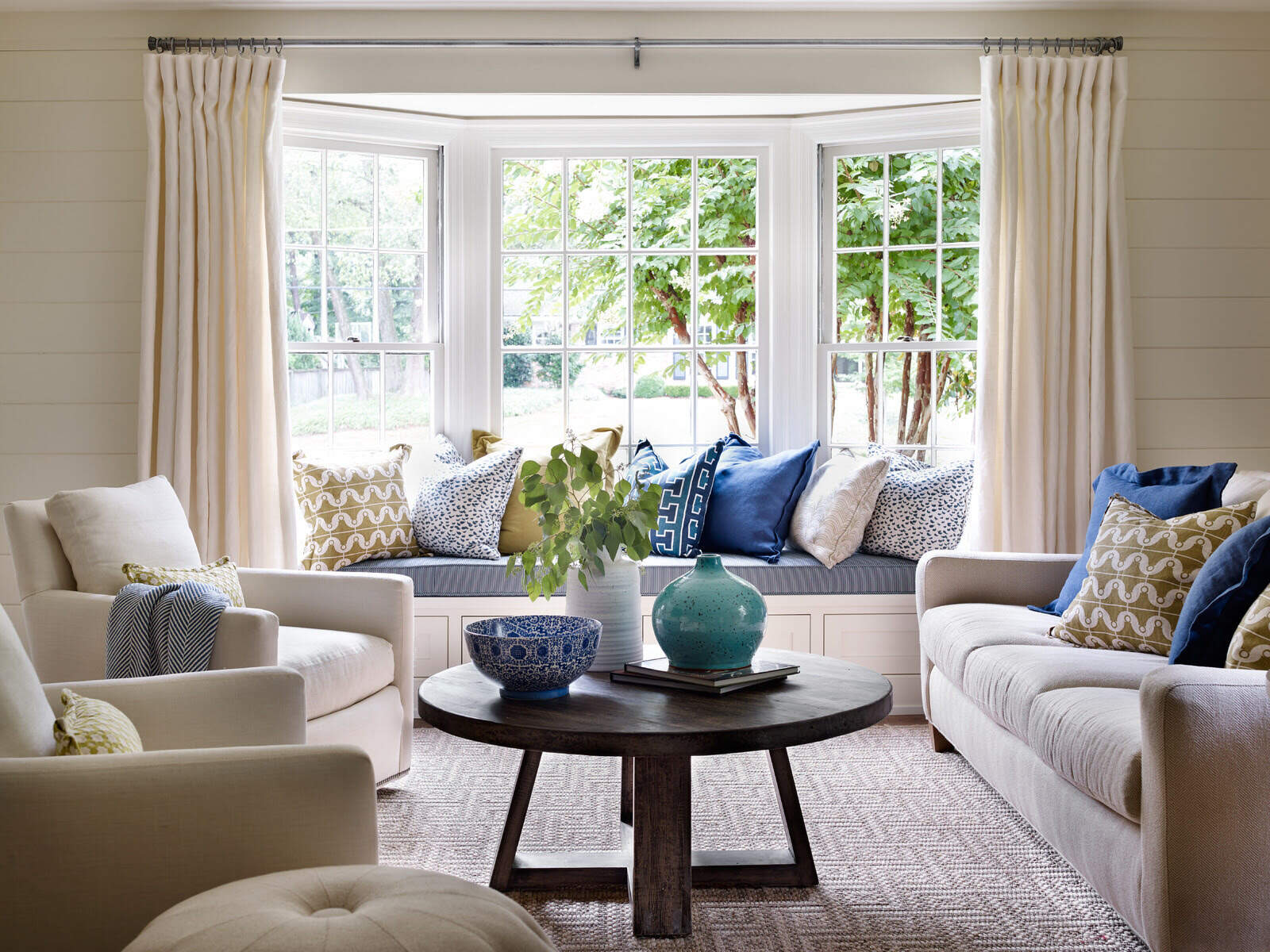
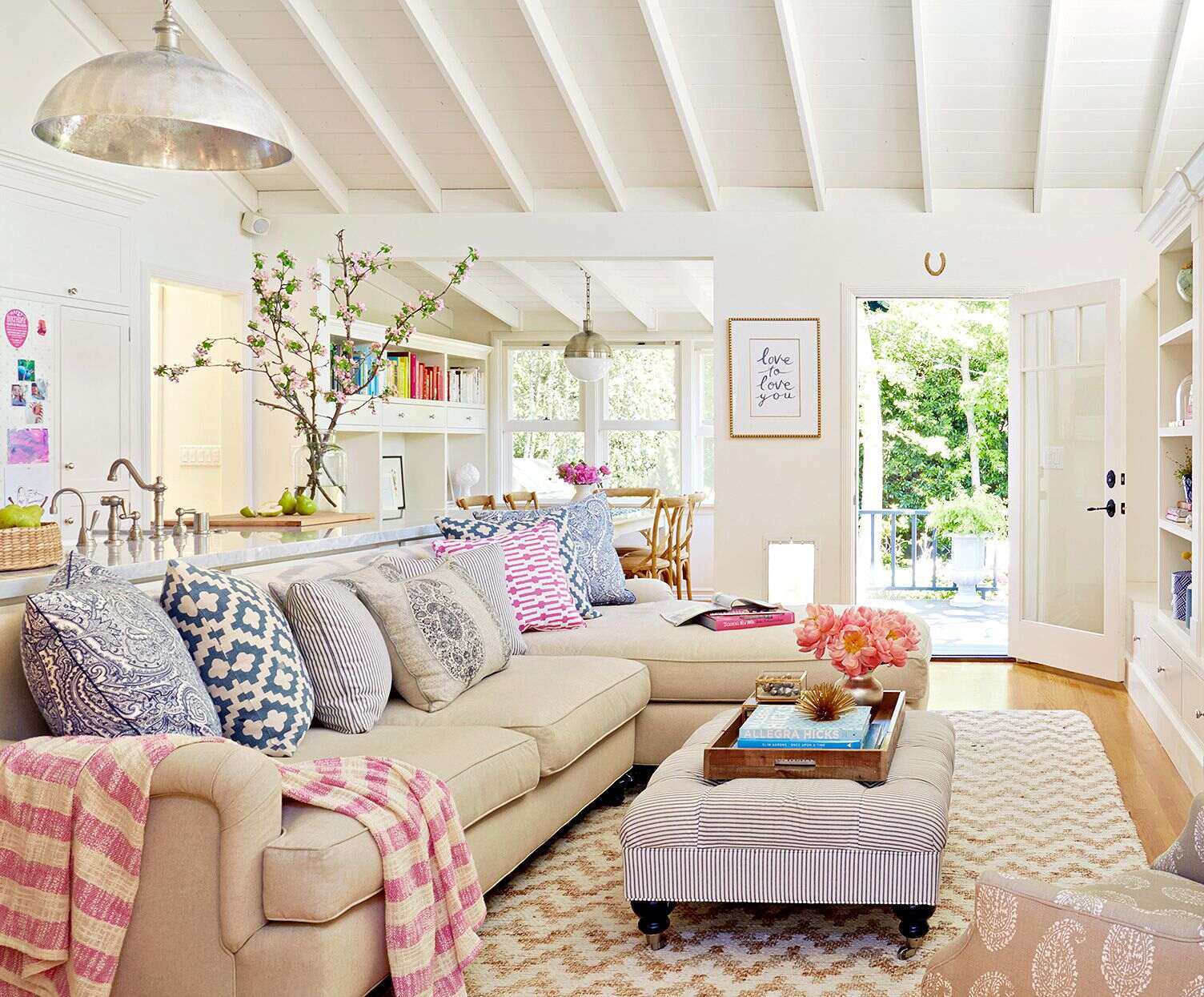
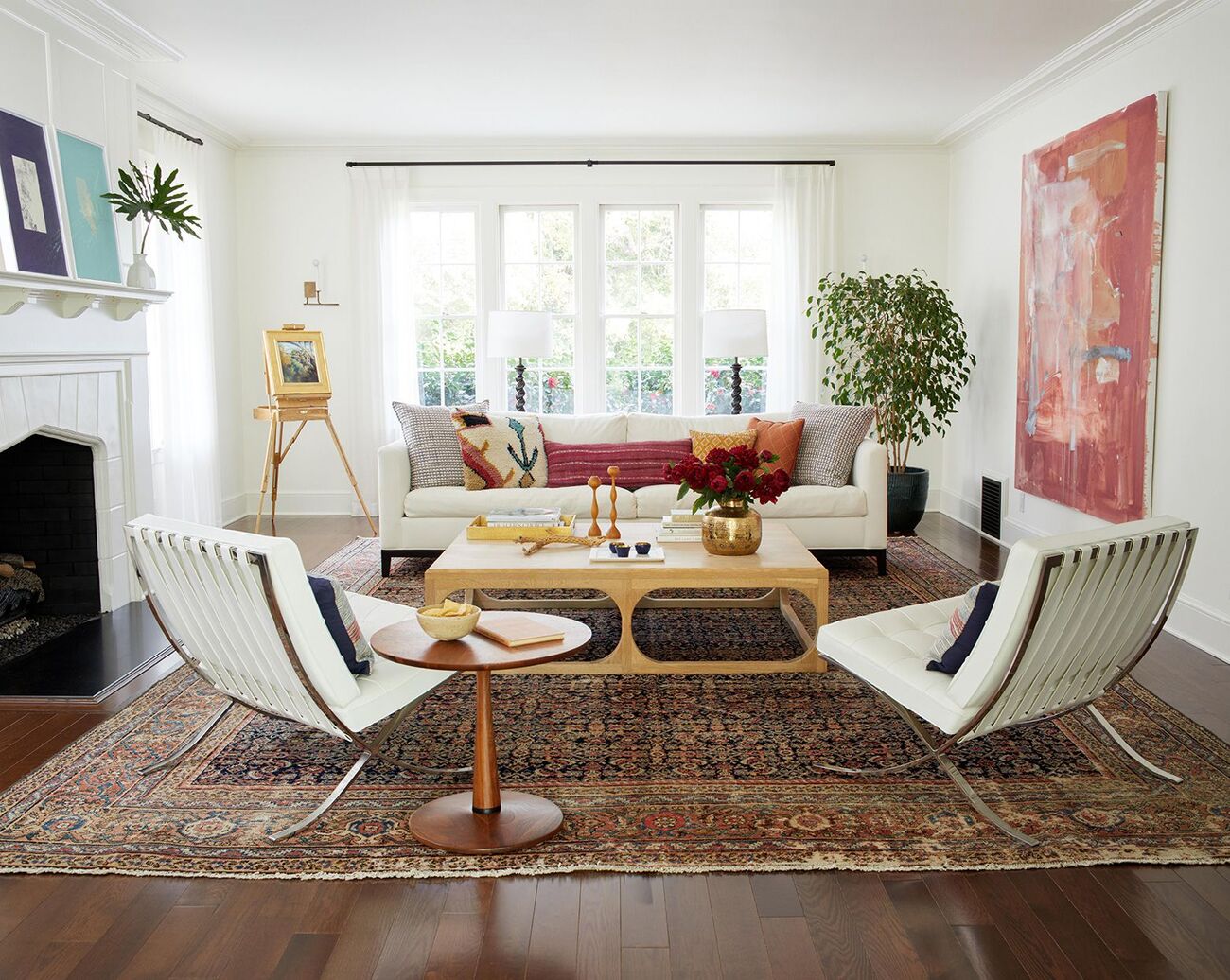
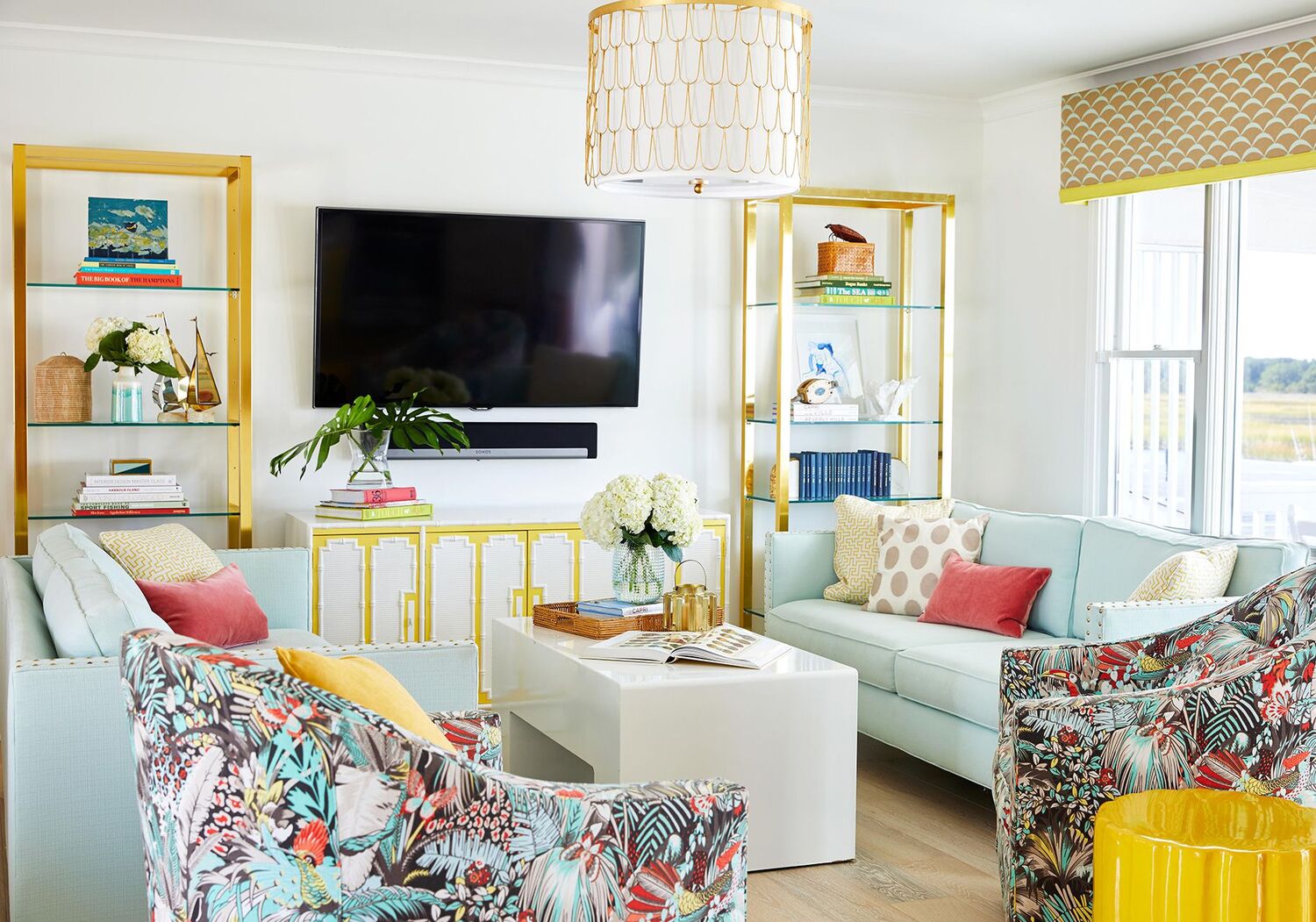
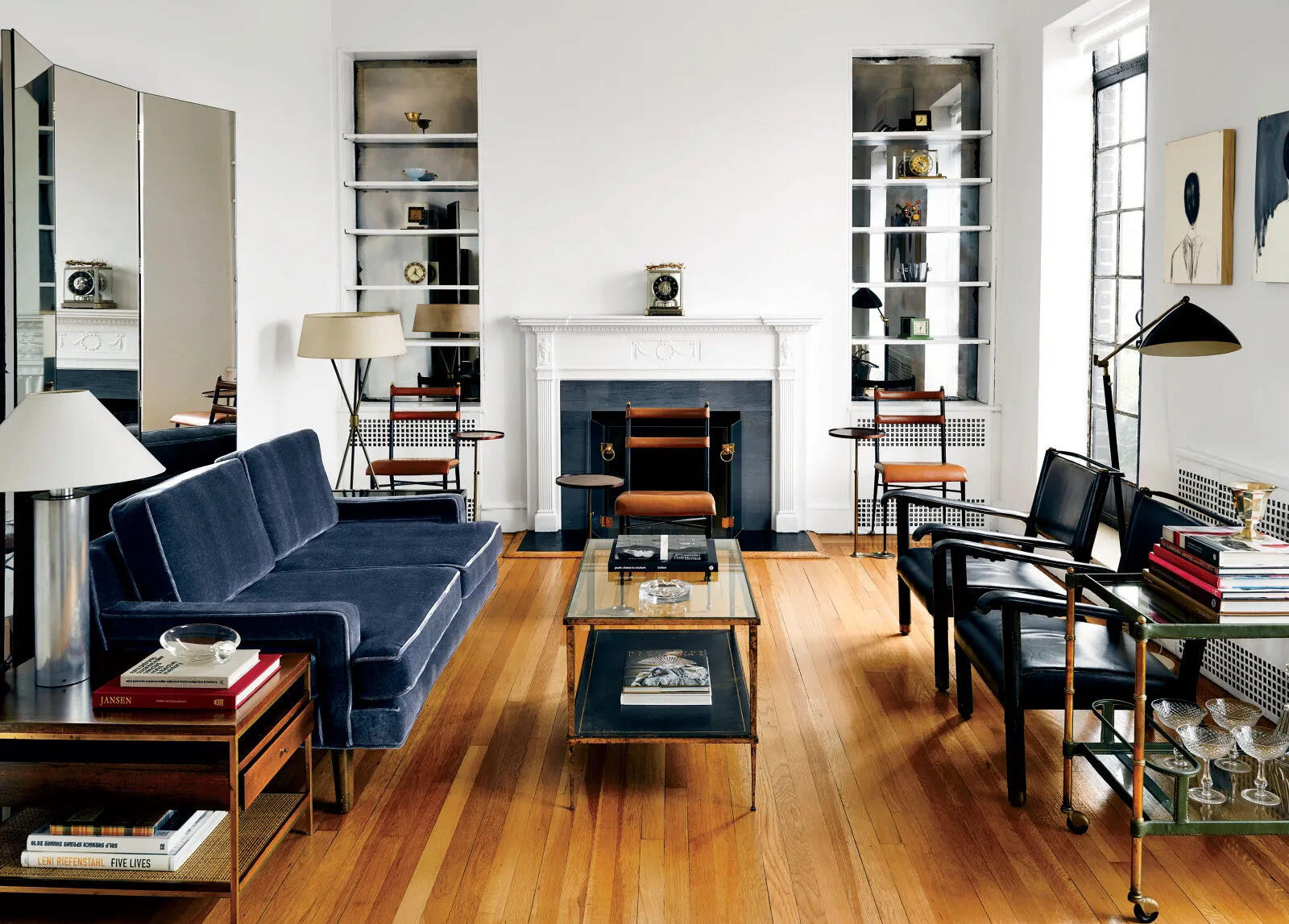
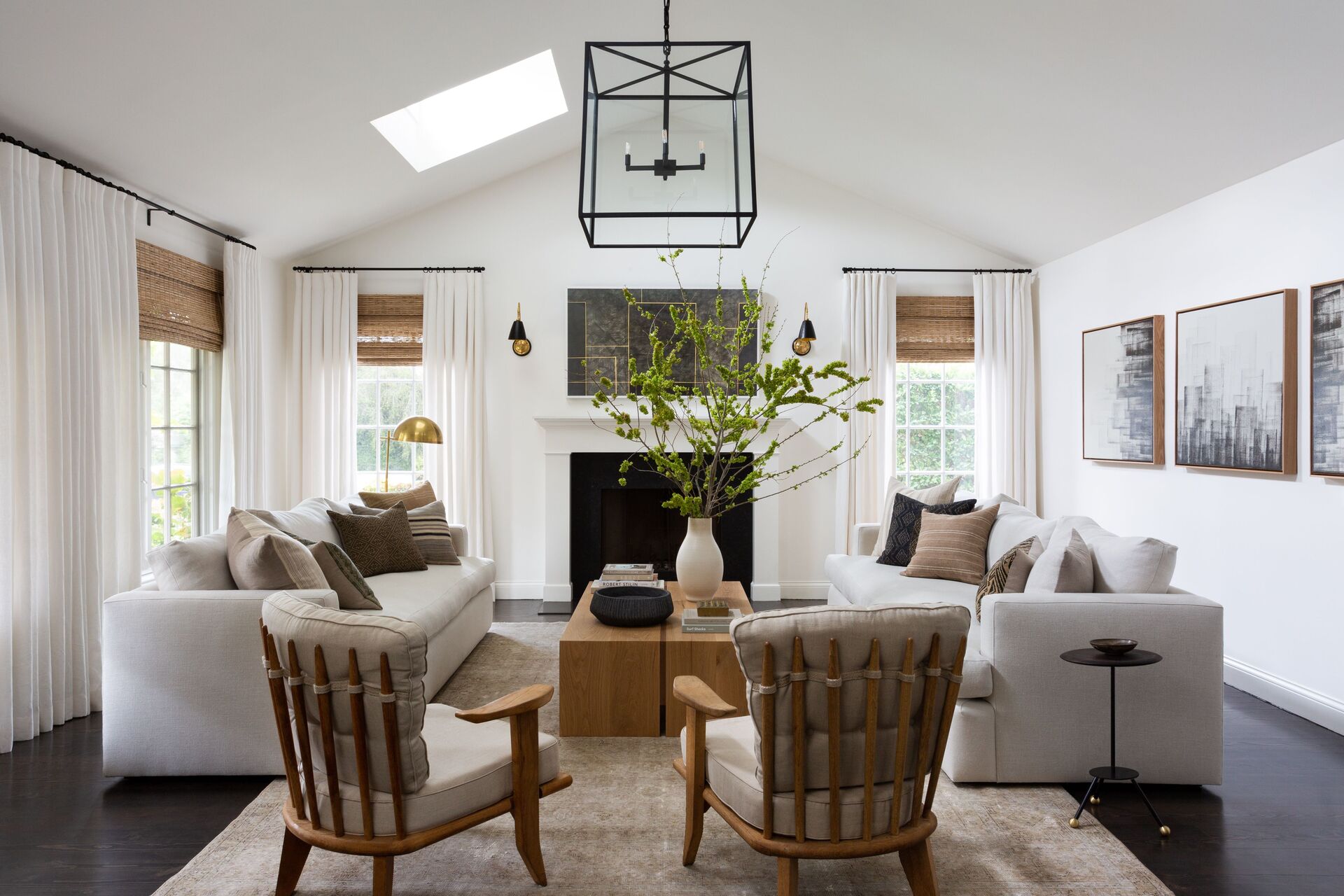
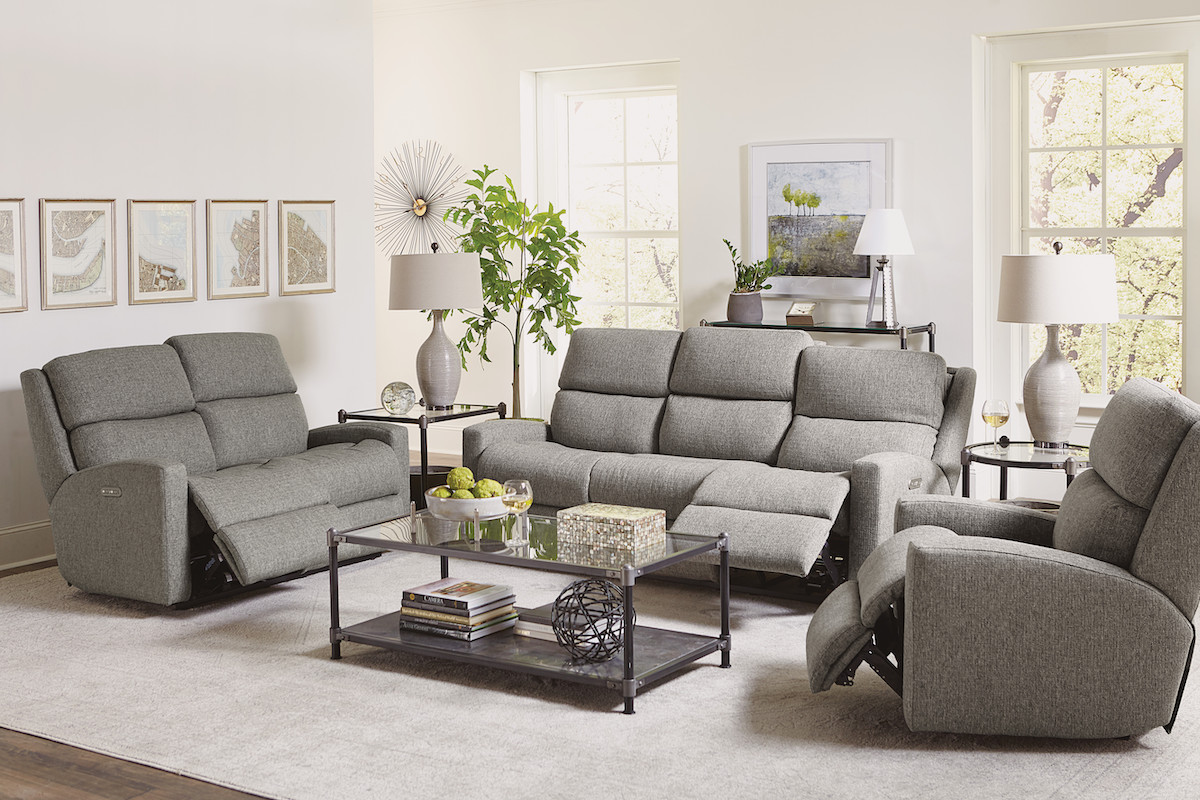
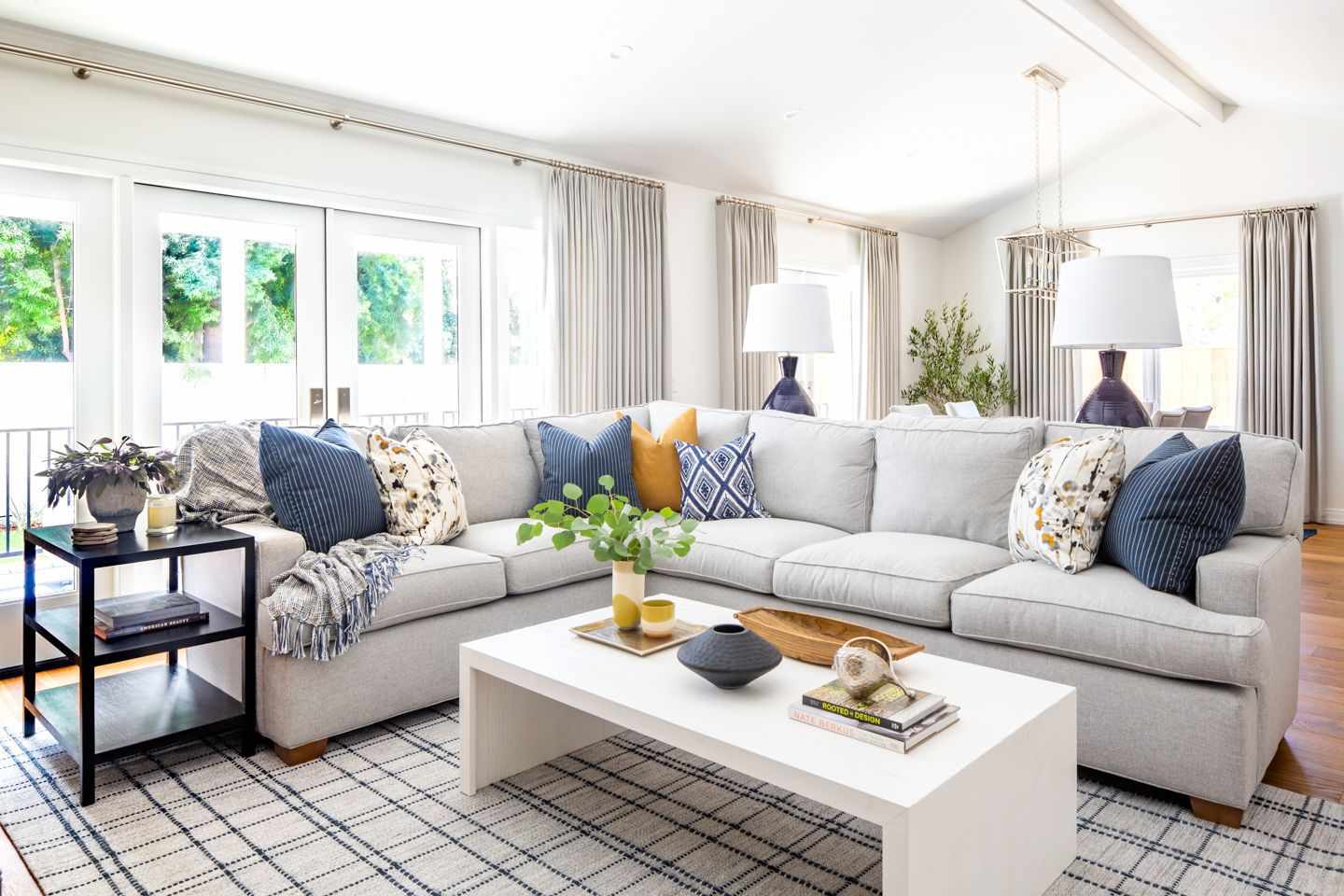
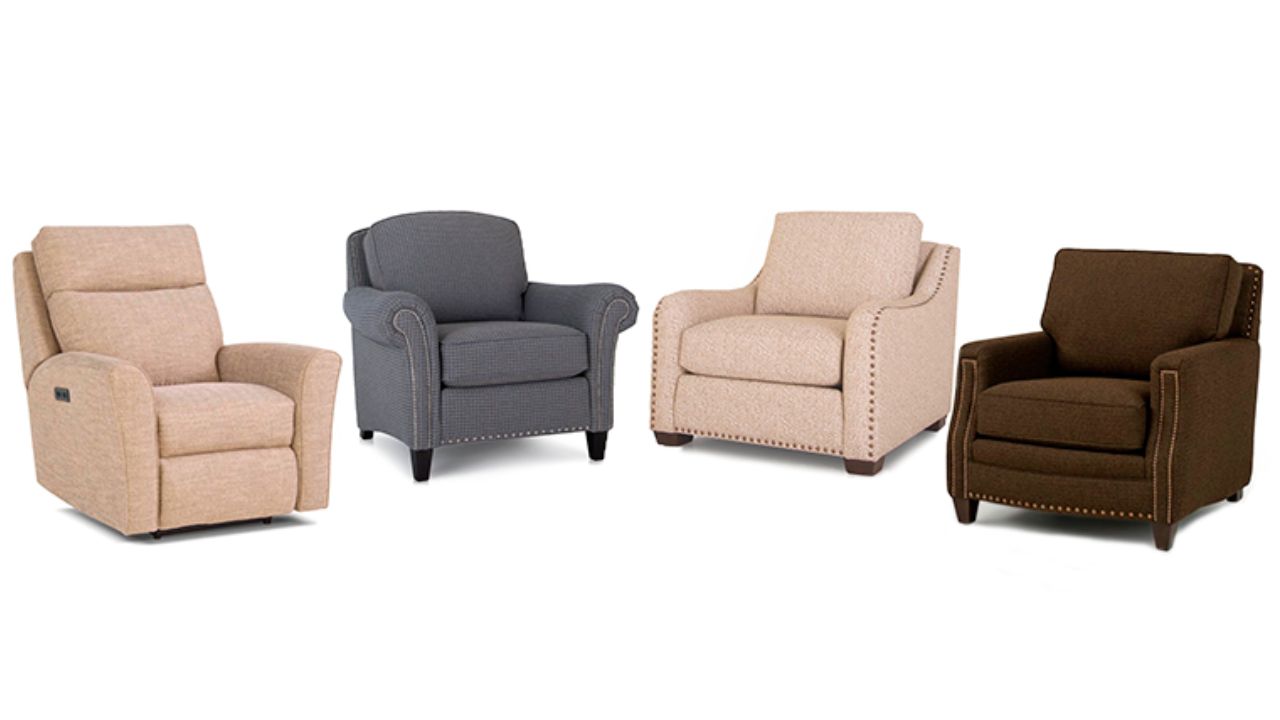
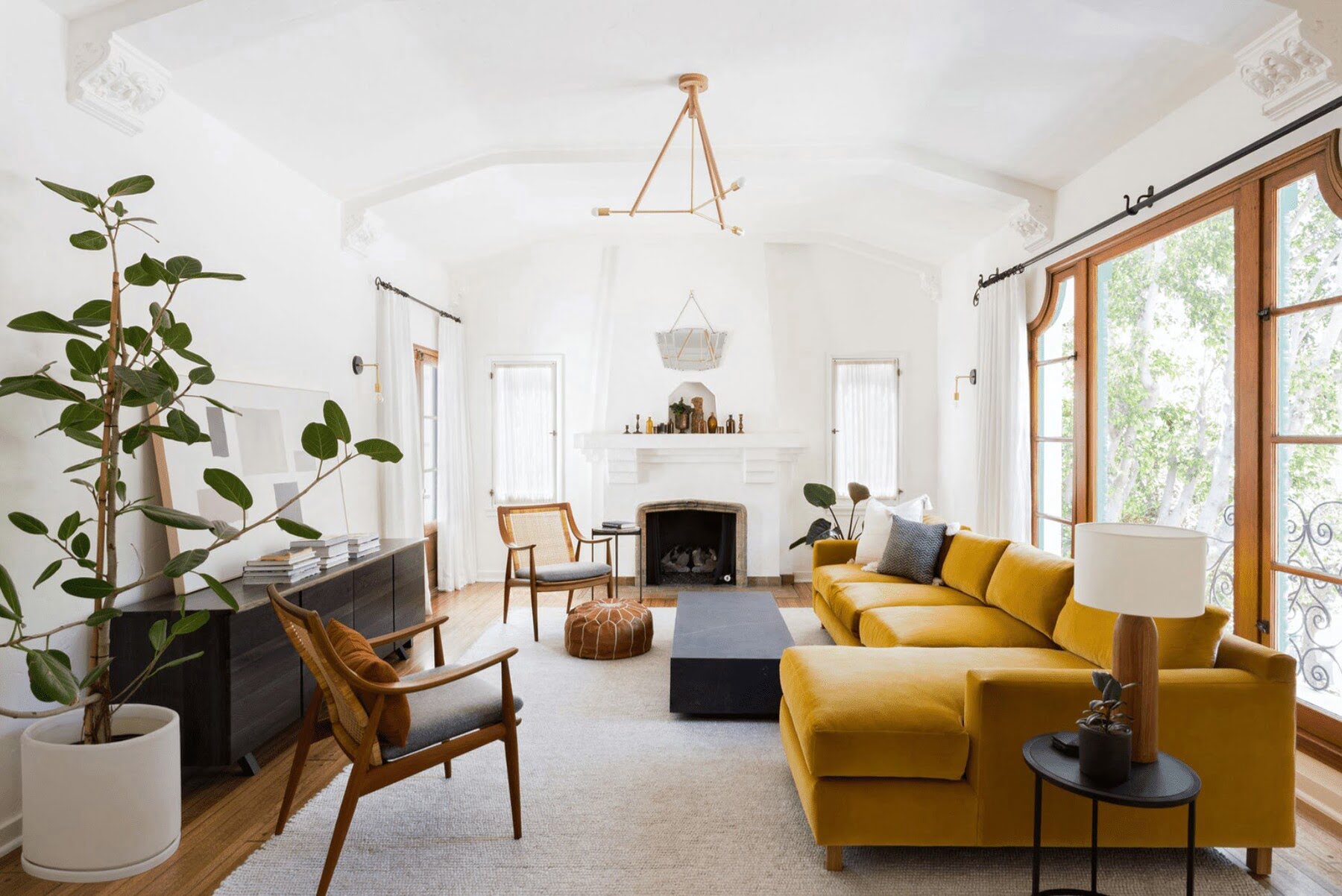

0 thoughts on “How To Arrange Furniture In Rectangular Living Room”